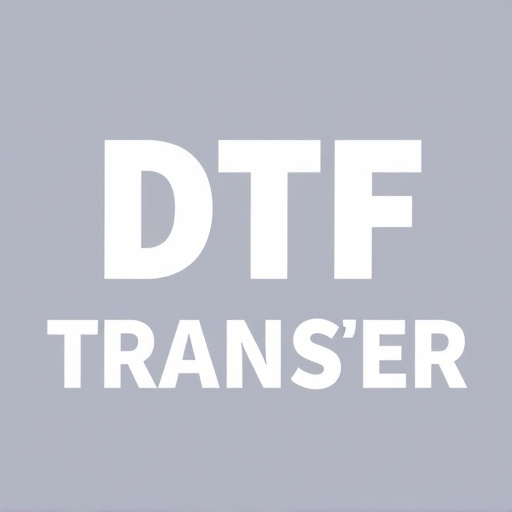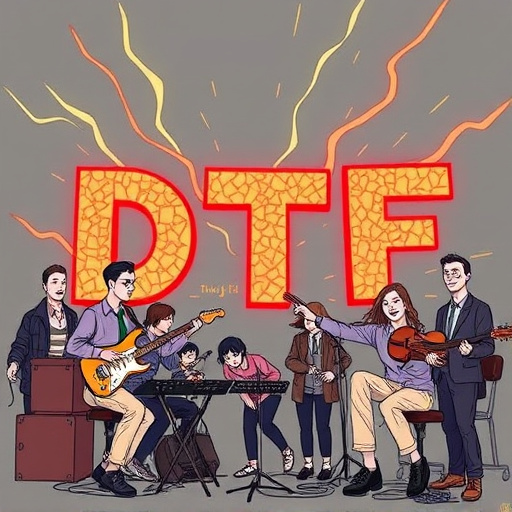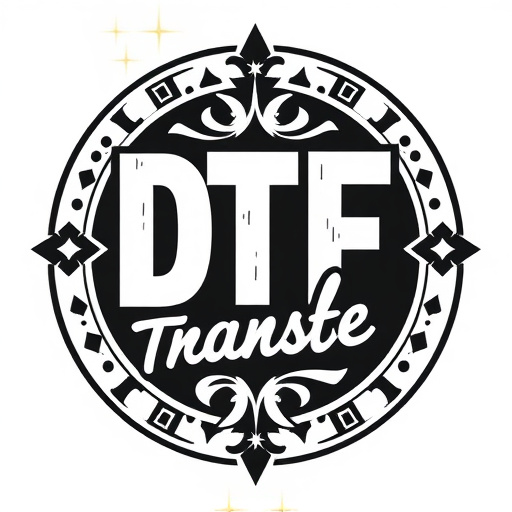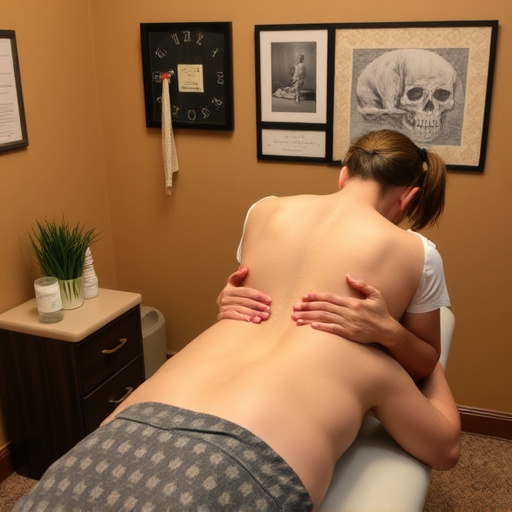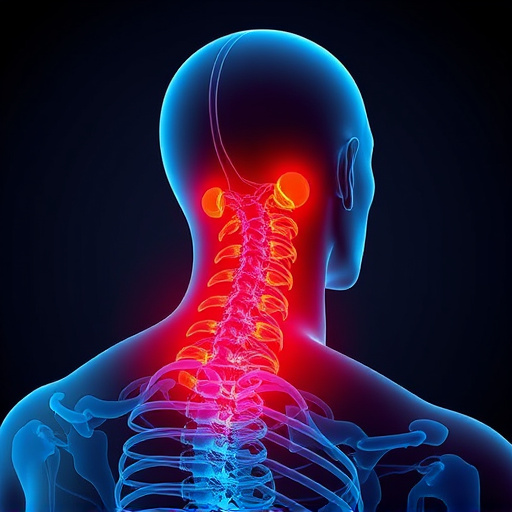Soft Tissue Shockwave Therapy (STST) is a non-invasive treatment using low-energy sound waves to heal damaged tendons and ligaments, offering athletes and active individuals a swift recovery option without compromising performance. STST stimulates cell proliferation, enhances tissue regeneration, reduces inflammation, and improves mobility through micro-perforations, accelerating healing compared to traditional physical therapy. While effective for back pain relief and chronic tendon/ligament injuries, individual patient responses vary, making consultation with healthcare professionals crucial before undergoing STST for joint pain relief during physical therapy.
“Soft Tissue Shockwave Therapy (STST) emerges as a groundbreaking non-invasive treatment for tendon and ligament injuries, offering relief and faster recovery. This innovative approach leverages low-energy acoustic waves to stimulate healing and promote tissue regeneration. By targeting affected areas directly, STST can alleviate pain, reduce inflammation, and enhance collagen production. This article delves into the science behind STST, its efficacy in managing tendon and ligament conditions, and the considerations that make it a promising treatment option.”
- Understanding Soft Tissue Shockwave Therapy
- How Soft Tissue Shockwave Therapy Works for Tendon and Ligament Injuries
- Benefits and Considerations of Using Soft Tissue Shockwave Therapy
Understanding Soft Tissue Shockwave Therapy

Soft Tissue Shockwave Therapy (STST) is a non-invasive treatment that uses low-energy sound waves to promote healing in damaged tendons and ligaments. It’s a game-changer in post-injury care, offering an alternative to surgery or lengthy physical therapy for individuals seeking headache relief from persistent pain. STST works by stimulating the body’s natural healing process, enhancing tissue regeneration and reducing inflammation.
During a session, a specialized device emits acoustic waves that penetrate deep into the affected soft tissues. These waves create micro-tears in the damaged areas, which subsequently trigger a healing response. Over time, this process can improve tissue quality, enhance flexibility, and alleviate pain associated with tendon and ligament injuries. STST is particularly beneficial for athletes and active individuals looking to expedite their recovery without sacrificing performance or sacrificing the potential for a complete return to their sport.
How Soft Tissue Shockwave Therapy Works for Tendon and Ligament Injuries

Soft Tissue Shockwave Therapy (STST) is a revolutionary non-invasive treatment that uses acoustic waves to stimulate healing in damaged tendons and ligaments. This therapy delivers low-energy sound waves directly into the affected soft tissues, promoting cell proliferation and enhancing tissue regeneration. By increasing blood flow and oxygen delivery to the injured area, STST facilitates faster recovery and supports the body’s natural healing process.
The mechanism of action behind STST involves several key processes. The shockwaves create micro-perforations in the soft tissues, which trigger a cascade of biochemical events leading to improved tissue structure and function. This can result in significant benefits such as reduced inflammation, increased collagen production, and enhanced mobility improvement. Moreover, STST has been shown to be effective in providing back pain relief and chronic pain management for individuals suffering from tendon and ligament injuries, offering an alternative solution to traditional treatments.
Benefits and Considerations of Using Soft Tissue Shockwave Therapy

Soft Tissue Shockwave Therapy (STST) offers a non-invasive approach to managing tendon and ligament injuries, presenting numerous benefits for patients seeking joint pain relief. This innovative technique utilizes low-energy sound waves to stimulate healing and promote tissue regeneration directly at the site of injury. STST is particularly advantageous as it can accelerate the natural healing process, often reducing recovery times compared to traditional physical therapy methods.
When considering STST for injury rehabilitation, several factors come into play. One key advantage is its ability to target deep soft tissues that are challenging to reach with other therapeutic methods. This direct approach ensures that the treatment is both effective and efficient. Additionally, STST has a low risk profile, making it an appealing option for individuals who prefer alternative treatments over surgical interventions. However, as with any therapy, individual patient responses may vary, and consulting with healthcare professionals is essential to determine if STST is the right choice for managing specific joint pain relief needs during physical therapy sessions.
Soft Tissue Shockwave Therapy (STST) offers a non-invasive approach with promising results for tendon and ligament injuries. By utilizing focused acoustic waves, STST promotes healing and regeneration in soft tissues, providing an effective alternative to traditional treatments. The benefits include reduced pain, improved function, and accelerated recovery times. However, as with any therapy, there are considerations; cost, access to specialized equipment, and potential side effects must be evaluated. Further research and clinical trials will continue to shape the role of STST in sports medicine, potentially making it a game-changer for athletes seeking tendon and ligament injury recovery.




